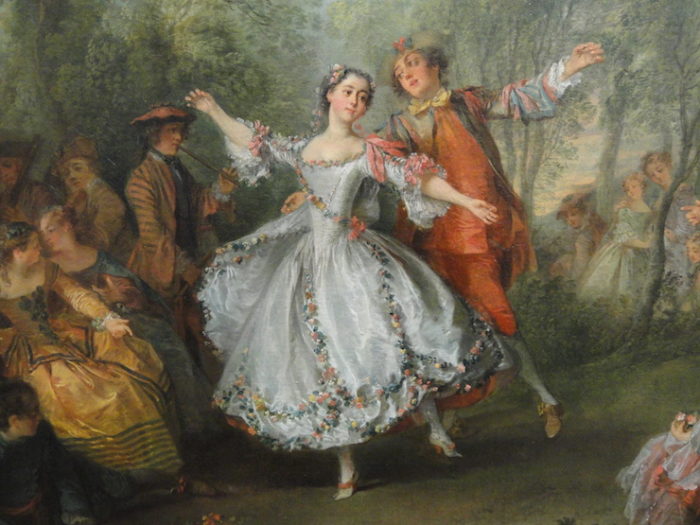Baila Blog, Ballet, Dancer, Dance
History of Ballet: The dance that was born in Italy to reach the Russian Empire
The history of ballet has its roots in Renaissance Italy. At that time, dance was a main form of entertainment for nobles and aristocrats during their events. Later, it spread to France, where it evolved from an amateur activity to a professional one and acquired its basic terminology. However, Russia is the country that gave ballet its current form and identity.
Ballet has now spread to all countries of the world, while at the same time it is the main influence of most Western dances. Each country and each era it has lived through has given ballet the elements that make up its identity today. For this reason, it is certainly interesting to look back at the history of ballet, from the beginning of its creation to its establishment in Russia, where it seems to have found its place until today.
History of Ballet: Renaissance in Italy and France
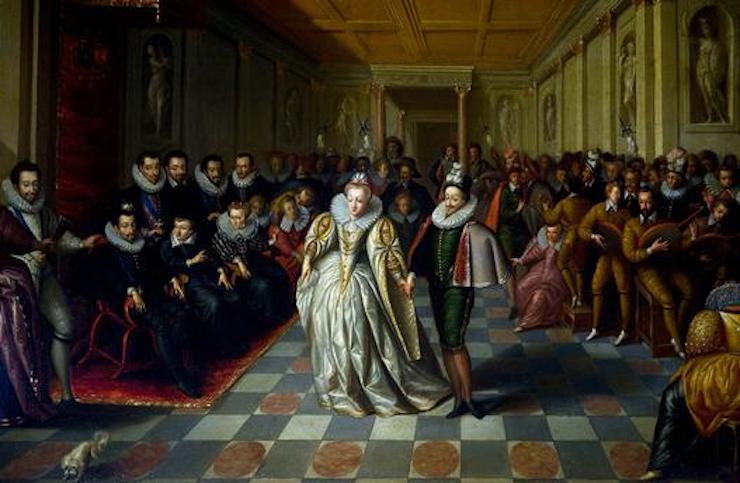
Ballet originated in the courts of Renaissance Italy in the 15th century. Noble men and women of the time participated in lavish receptions, where dance and music combined to create an elaborate spectacle. Dance masters taught the steps to the aristocrats so that the court could participate in the performances.
In the 16th century, Catherine de Medici, an Italian aristocrat and wife of the King of France, began to promote ballet in the French courts. In this way, ballet developed further under the influence of the French aristocrats. The receptions led to the creation of the ballet de cour, a program that included dance, decoration, costumes, singing, music and poetry. The dancers at these events were mainly noble amateurs, as ballet at that time was mainly used to serve political purposes. The monarch presenting the performances also had the opportunity to highlight his wealth, power and grandeur. The elaborate costumes were intended to impress the audience, but often hindered the freedom of movement of the dancers.
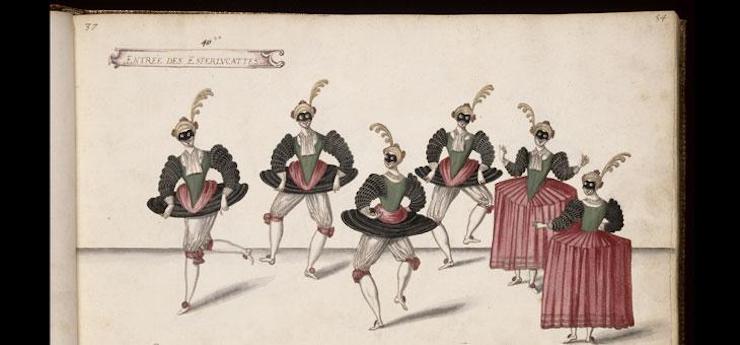
History of Ballet: The evolution of ballet into an art form
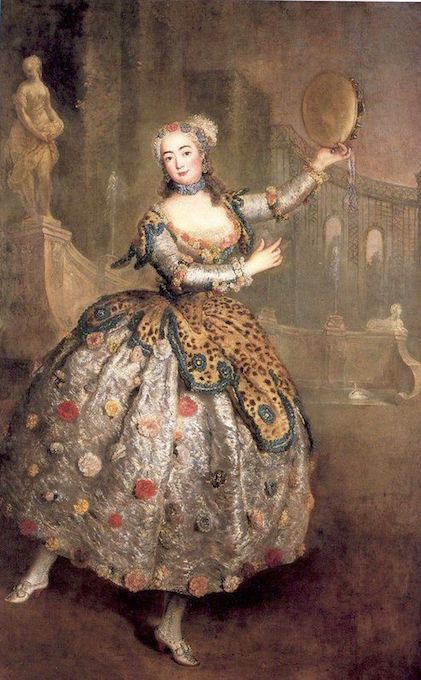
The 18th century was a period of development of ballet technique and was the time when ballet became a serious dramatic art, along with opera. It was then that the movements of the dancers were designed to express characters and contribute to the telling of a story. The great French dancer Jean-Georges Noverre believed that ballet should have a specific technique, but also move the audience, create scenarios and have the necessary scenery and music, which fit the story and support the plot, while pantomime should be understandable by the audience.
Alongside France, Vienna continued to be the center of dance in Europe, especially during the Viennese Carnival, when dancers and visitors from all over the continent traveled to the city for a lively exchange of cultural ideas. The Teatro San Benedetto became a famous attraction, largely due to the ballet performances it hosted. Italian ballet and its techniques remained a dominant influence in Southern and Eastern Europe until Russian techniques displaced them in the early 20th century.

The ballerina became the most famous type of dancer in Europe in the first half of the 19th century, gradually taking the glory from male dancers. In many performances ballet, the heroes (female and male) were played by women. The professionalism of ballet dancers became a focus of interest for a new generation of specialized dancers.
The 19th century was a period of great social change, which was reflected in ballet. The art moved away from the aristocracy that had dominated it in previous centuries, through the Romantic movement of ballet. The spirit of the Romantic period led choreographers to compose Romantic ballets, which were seemingly light, bright, and optimistic. With greater freedom of expression, dancers and choreographers attempted to "marry" the dynamic technique of the previous era with the dramatic narrative of the 19th century. The main themes of Romantic ballets came from the conflicts of beauty and ugliness, good and evil, spirit and flesh, realism and fantasy.
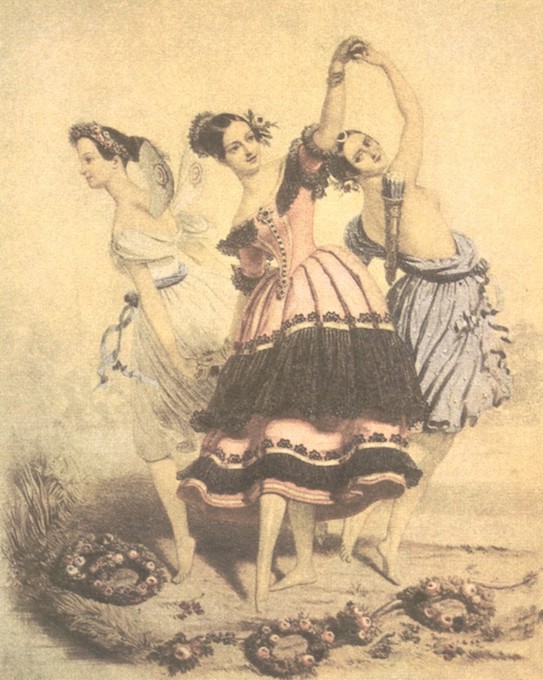
History of Ballet: Spread of Ballet in Imperial Russia
By 1830, ballet had begun to decline in France, but was flourishing in Denmark and the Eastern countries. Ballet reached Russia in the 19th century and spread rapidly throughout the Empire, beginning a long tradition in the country. Theatres were open to anyone who could afford a ticket. This allowed the lower classes to have access to ballet performances. Imperial ballet has been said to have been unlike any other in the world. The most prestigious companies were those affiliated with state-sponsored theatres. The directors of these companies were personally selected by the Tsar, and all the dancers were, in a sense, imperial servants.

One of the most important figures of the imperial ballet was Agrippina Vaganova, the originator of the Vaganova method. It was she who cultivated and perfected a new technique for teaching classical ballet. Today, the Vaganova method is the most widely used in Russia, and is also found in ballet schools in Europe and North America.
Immediately after the Russian Revolution of 1917, Lenin ordered the closure of all theaters and the cessation of ballet performances. However, due to the strong desire of the people to continue to watch dance and opera performances, the world-famous Bolshoi Theater was saved and Russian ballet continued to develop under Soviet rule. There was not much talent left in the country after the Revolution, as many talented dancers had been exiled, but there was enough to form a new generation. Ideological pressures led to the creation of many socialist pieces, most of which did not impress the public and were withdrawn from the repertoire of both the Bolshoi in Moscow and the Kirov in St. Petersburg (then Leningrad).
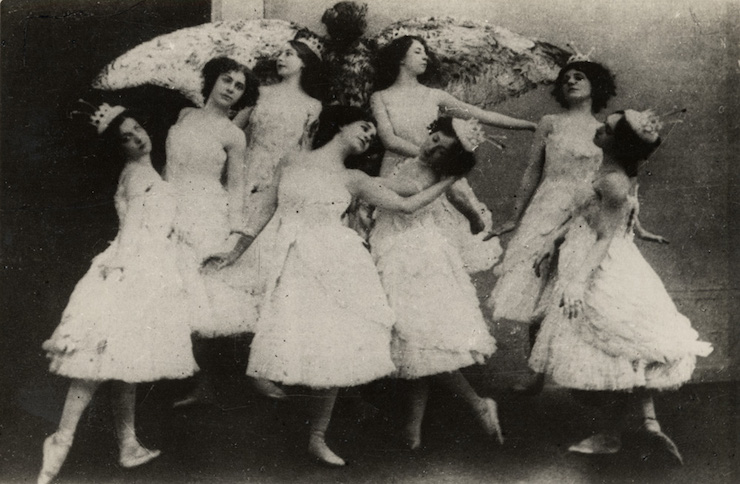
Russian critic and patron of the arts Sergei Diaghilev brought ballet back to France when he founded his company, the Ballets Russes. It was made up of Russian dancers who had been exiled to Paris after the Russian Revolution. Many well-known ballets, such as Cinderella, were the product of Soviet ballet. At the time, these pieces were largely unknown outside the Soviet Union and, later, the Eastern Bloc. However, after the dissolution of the Soviet Union in 1991, they became known to the world and gained greater recognition. Russian companies, especially after World War II, toured extensively around the world and played a significant role in the revival of ballet in the West.
During the Cold War, when the U.S. used film and television to spread its views and ideals, the Soviet Union responded with high-aesthetic culture, music, and ballet. To this day, the Russian government contributes greatly to the preservation of the art of ballet, funding organizations and theaters. Although it is an art that has been loved by the whole world and has been adapted to different cultures, ballet seems to have found its place on the map.
Sources:
Ballet And Modern Dance: Using Ballet as the Basis for Other Dance Techniques, New York Film Academy
Apollo's Angels: A History of Ballet, by Jennifer Homans
Ballet: An Illustrated History, by Mary Clarke, Clement Crisp
History of dance : an interactive arts approach, by Kassing Gayle
Era of the Russian Ballet, Roslavleva Natalia
Article source: artic.gr

